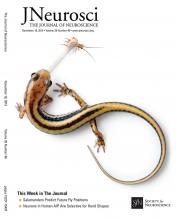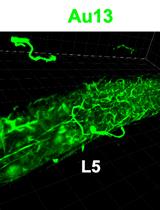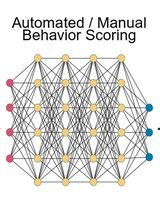- EN - English
- CN - 中文
Barnes Maze Procedure for Spatial Learning and Memory in Mice
用于小鼠空间学习和记忆的Barnes迷宫程序
发布: 2018年03月05日第8卷第5期 DOI: 10.21769/BioProtoc.2744 浏览次数: 18657
评审: Oneil G. BhalalaEmma PuighermanalArnau Busquets-Garcia

相关实验方案
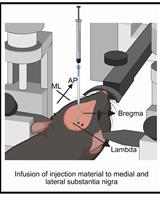
基于 rAAV-α-Syn 与 α-Syn 预成纤维共同构建的帕金森病一体化小鼠模型
Santhosh Kumar Subramanya [...] Poonam Thakur
2025年12月05日 1386 阅读
Abstract
The Barnes maze is a dry-land based rodent behavioral paradigm for assessing spatial learning and memory that was originally developed by its namesake, Carol Barnes. It represents a well-established alternative to the more popular Morris Water maze and offers the advantage of being free from the potentially confounding influence of swimming behavior. Herein, the Barnes maze experimental setup and corresponding procedures for testing and analysis in mice are described in detail.
Keywords: Spatial memory (空间记忆)Background
The Barnes maze is a dry-land based behavioral test that was originally developed by Carol Barnes to study spatial memory in rats (Barnes, 1979) and later adapted for use in mice (Bach et al., 1995). Conceptually, it is similar to the Morris water maze (MWM) (Morris, 1984), in that it is a hippocampal-dependent task where animals learn the relationship between distal cues in the surrounding environment and a fixed escape location. For mice, the typical Barnes maze setup consists of an elevated circular platform with 40 evenly-spaced holes around the perimeter. An escape tunnel is mounted underneath one hole while the remaining 39 holes are left empty. Both bright light and open spaces are aversive to rodents, thus serve as motivating factors to induce escape behavior. The escape tunnel is maintained at a fixed location for the duration of training, which involves multiple daily trials spread over several days. During the course of training, rodents typically utilize a sequence of three different search strategies (random, serial, spatial) to learn the location of the escape tunnel. Following sufficient acquisition training, the escape tunnel is removed and a probe trial is administered to assess spatial reference memory.
Although the MWM is the dominant model for assessing spatial learning in rodents, the Barnes maze offers several important advantages worth noting. First and foremost, the Barnes maze does not involve swimming and the potential confounding factors associated with it. Swimming is stressful, as detailed in studies documenting that MWM training increases plasma corticosterone levels to a greater extent than that of the Barnes maze (Harrison et al., 2009). In addition, the swim conditions utilized in most MWM protocols elicit reductions in core body temperature that can affect performance (Iivonen et al., 2003). Moreover, rodents often take to floating, which is thought to represent a state of behavioral despair and is considered an index of ‘depressive-like’ behavior in the widely utilized Porsolt forced swim test (Porsolt et al., 1977). Finally, as noted above, the Barnes maze allows clear delineation of the three possible search strategies used by the mouse during performance of each trial.
Materials and Reagents
- Tissue paper (Georgia-Pacific Consumer Products, catalog number: 48100 )
- 70% ethanol in a spray bottle
- C57BL/6J adult male mice (Purchased from Jackson Labs, 3-5 months of age)
Equipment
- Well-lit (~1,000 lux) testing room with a holding room located nearby (Figure 1A)
- Barnes maze apparatus (TSE Systems, catalog number: 302050-BM/M ), includes:
- Circular PVC platform* (diameter = 122 cm; thickness = 1 cm) containing 40 equally spaced holes (diameter = 5 cm) (Figure 1B)
- Gray PVC start chamber* consisting of a base plate and a cover (Figure 1C)
- PVC escape tunnel* that can be mounted under any of the 40 escape holes (Figure 1D)
- Aluminum support frame* (height = 80 cm) for circular PVC platform (Figure 1E)
- Circular PVC platform* (diameter = 122 cm; thickness = 1 cm) containing 40 equally spaced holes (diameter = 5 cm) (Figure 1B)
- Overhead camera (Panasonic, catalog number: WV-BP332 , Figure 1F)
- Three distal visual cues (length/width ~30 cm) surrounding the platform (Figure 1G)
- Loudspeaker for 90 dB white noise (Sony, catalog number: SS-MB150H )
- Windows-based PC computer (Dell, model: OptiPlex 780 ) connected to the camera
- Tally counter
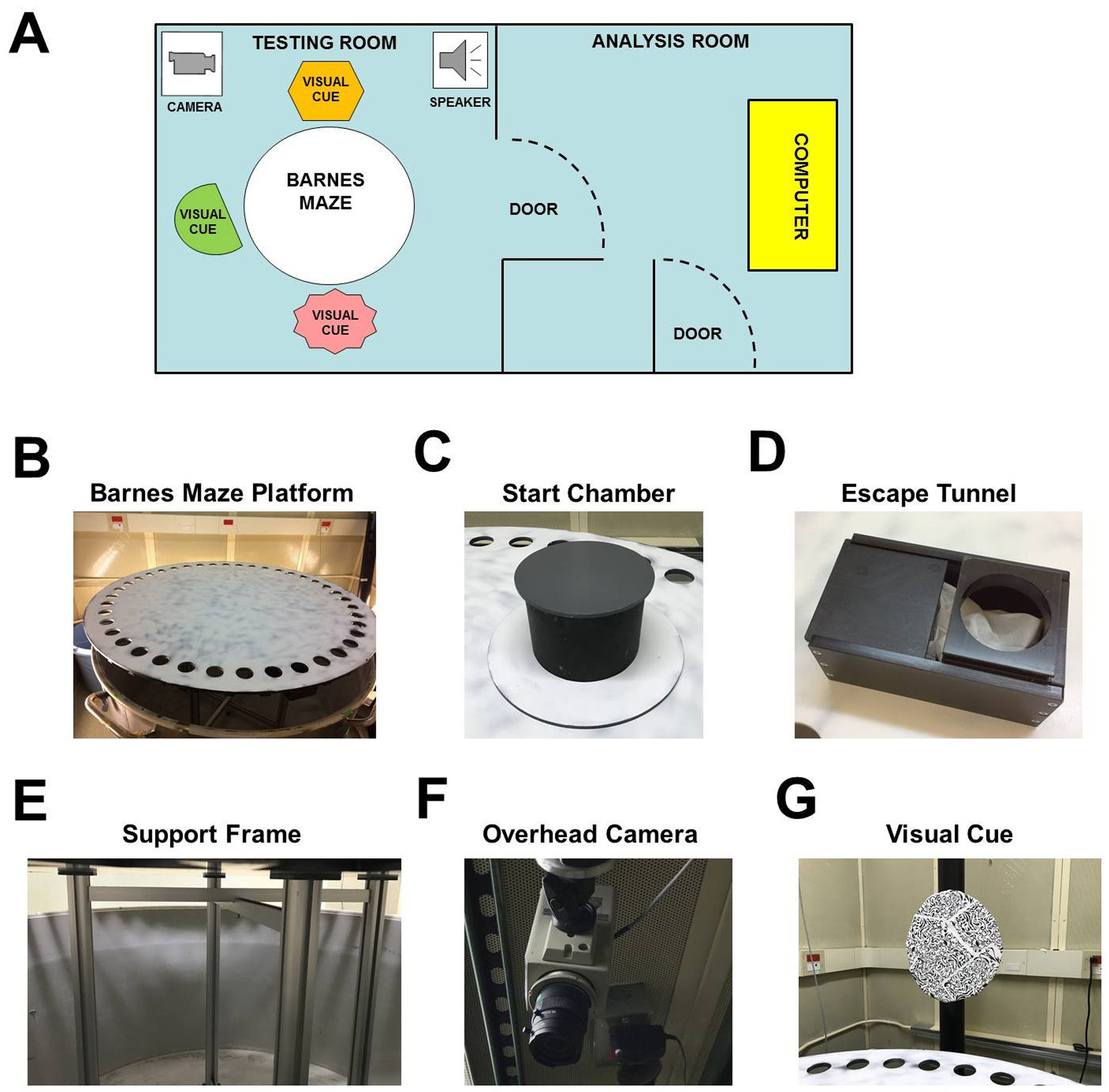
Figure 1. Barnes maze experimental setup. A. Layout of behavioral testing room and adjacent room used for analysis. B-F. Images of the Barnes maze platform (B), start chamber (C), escape tunnel (D), aluminum support frame (E), overhead camera (F), a single visual cue (G).
Software
- TSE VideoMot2 video tracking software (TSE Systems)
- GraphPad Prism version 5.0 (GraphPad Software)
- Microsoft Excel
Procedure
文章信息
版权信息
© 2018 The Authors; exclusive licensee Bio-protocol LLC.
如何引用
Readers should cite both the Bio-protocol article and the original research article where this protocol was used:
- Pitts, M. W. (2018). Barnes Maze Procedure for Spatial Learning and Memory in Mice. Bio-protocol 8(5): e2744. DOI: 10.21769/BioProtoc.2744.
- Pitts, M. W., Kremer, P. M., Hashimoto, A. C., Torres, D. J., Byrns, C. N., Williams, C. S. and Berry, M. J. (2015). Competition between the brain and testes under selenium-compromised conditions: Insight into sex differences in Selenium metabolism and risk of neurodevelopmental disease. J Neurosci 35(46):15326-38.
分类
神经科学 > 行为神经科学 > 学习和记忆
神经科学 > 神经系统疾病 > 动物模型
您对这篇实验方法有问题吗?
在此处发布您的问题,我们将邀请本文作者来回答。同时,我们会将您的问题发布到Bio-protocol Exchange,以便寻求社区成员的帮助。
Share
Bluesky
X
Copy link


